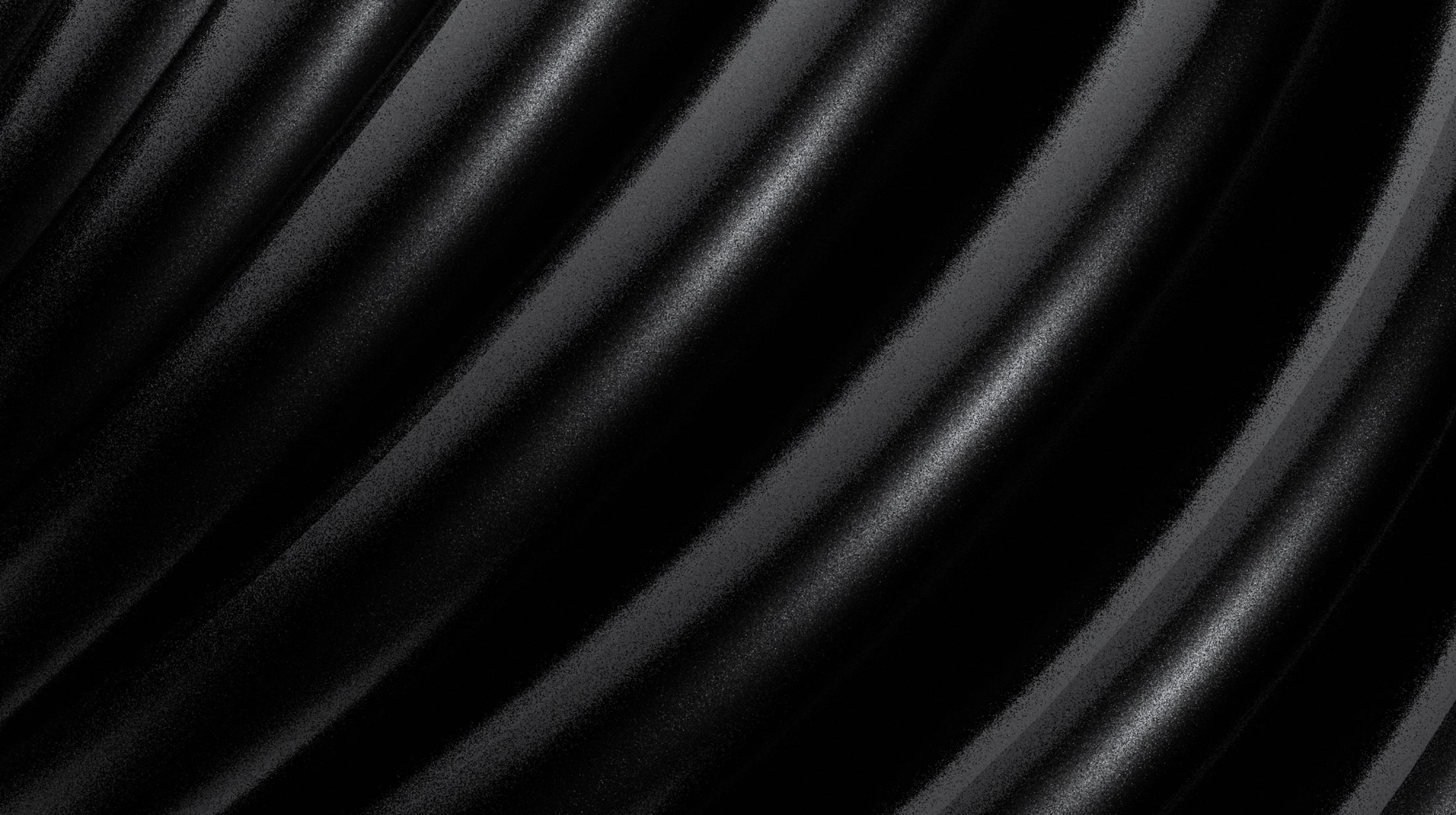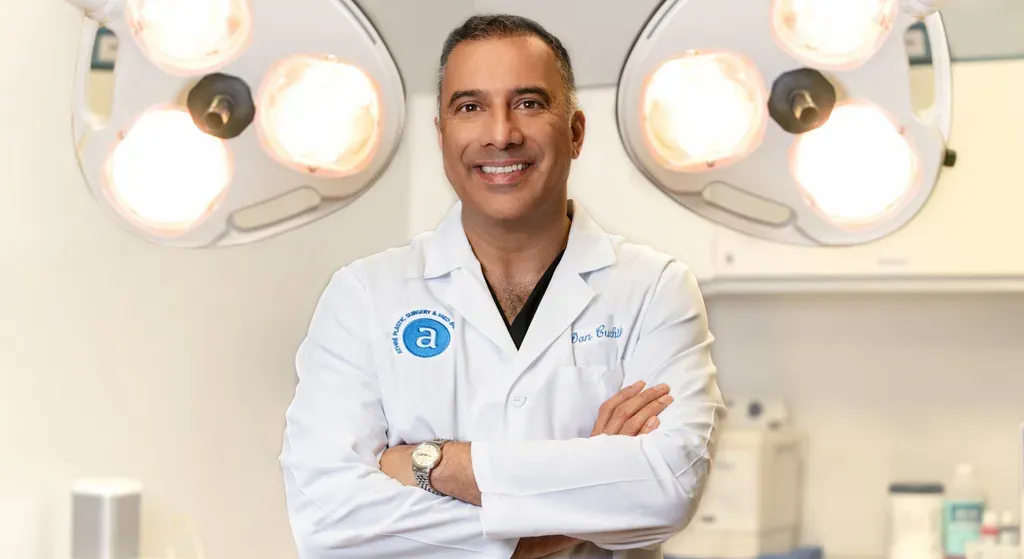



Sunscreen is supposed to be your first line of defense against premature aging, hyperpigmentation, and most importantly, skin cancer. But here’s the thing: most people are using sunscreen incorrectly—or worse, they’re buying the wrong kind altogether. In a recent video, Dr. Raghu Athré, double board-certified facial plastic surgeon and expert in facial rejuvenation, breaks down why chemical-based sunscreens might not be as effective as you think, and how to make smarter sun protection choices moving forward.
Let’s start with the basics. The sun emits different types of ultraviolet (UV) rays, but the two that matter most for your skin are UVA and UVB.
Even worse? The thinning ozone layer is letting more of these rays through, increasing your overall risk. And here’s where the issue with sunscreen starts to appear.
Chemical sunscreens work by absorbing UV rays into the skin and then converting that energy into heat. Ingredients like avobenzone and oxybenzone help stabilize skin and reduce free radical damage, but they don't block the rays from hitting it in the first place. That means UV exposure still occurs before any protection kicks in.
The biggest takeaway is that chemical sunscreens don’t actually block UV rays—they just attempt to minimize the damage once they have entered your skin.
On the other hand, mineral (or physical) sunscreens contain zinc oxide and titanium dioxide, which act like tiny mirrors, bouncing the sun’s rays off your skin. Zinc oxide, in particular, offers the broadest range of UVA and UVB protection of any sunscreen ingredient available.
Dr. Athré explains it this way: if he were building the “perfect sunscreen,” it would be zinc oxide-based, possibly supplemented with additional stabilizing agents. Most medical-grade sunscreens use zinc oxide for this very reason.
So, why are chemical sunscreens still on every drugstore shelf? The reasons are cost, aesthetics, and consumer preference. Chemical sunscreens tend to apply invisibly and feel lighter, but that comes at the cost of protection.
Dr. Athré took a trip to Costco and found zero sunscreens with zinc oxide among major name brands. Most featured chemical ingredients are exclusively. The problem? They gave users the illusion of protection without actually blocking UV penetration.
When shopping for sunscreen, flip that bottle around and look for zinc oxide at or near the top of the ingredient list. Without it, you’re not getting full-spectrum protection—no matter what the front label claims.
Even with the right sunscreen, most people aren’t using enough to get the protection they think they are. According to Dr. Athré:
Consumer studies show that most people use only a third of the recommended amount. That means if you’re applying SPF 30 but underdosing, you’re really getting something closer to SPF 10.
That number is even worse with powder or spray sunscreens—closer to SPF 3. Reapplication matters, too.
Despite what labels promise, no sunscreen lasts all day, and none is truly waterproof. At best, sunscreens are “water-resistant,” and even then, they last only 40 to 80 minutes.
Dr. Athré’s rule of thumb:
One of the most sobering insights Dr. Athré shares: Your risk of melanoma is directly tied to how many bad sunburns you had before age 12.
Children’s skin is even more vulnerable to UV damage, making early sun protection a crucial part of lifelong skin health. Think of sunscreen not just as a cosmetic habit, but a medical one.
Here’s the bottom line, according to Dr. Athré:
These broad-spectrum options meet Dr. Athré’s standards:
All of these contain zinc oxide as the primary active ingredient and are broad-spectrum. That means they help protect against both burning (UVB) and aging (UVA).
It’s easy to get caught up in expensive serums, resurfacing treatments, and miracle creams. But if you’re skipping proper sun protection, none of those things will matter long term.
As Dr. Athré says, “We only look at skin health from a superficial point—like smoothness or glow—but it’s so much more. Protecting your skin is about preventing cancer and preserving health. It just happens to keep you looking younger too.”
Want help choosing the right mineral sunscreen? Call our office or stop by. At our Houston MedSpa we carry medical-grade options with zinc oxide for true UV protection—and real results.